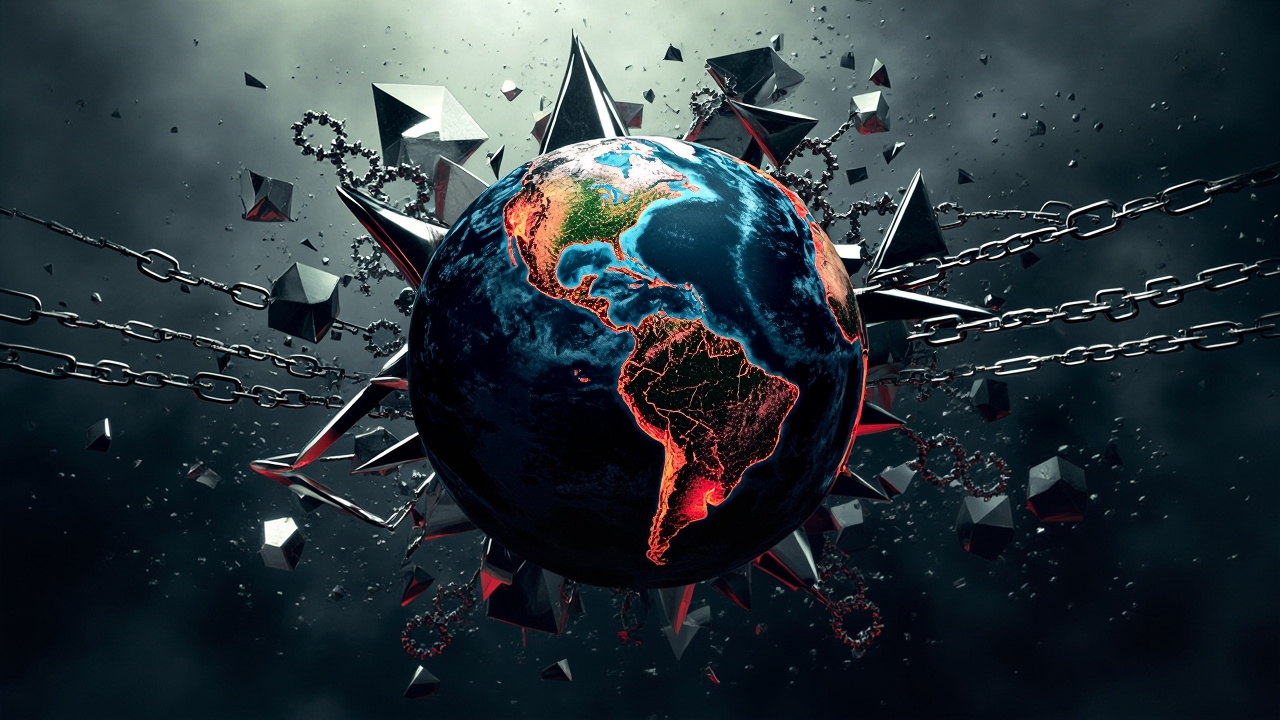Uranium Market Insights: Navigating Growth Amid Geopolitical Changes

The growing conversation surrounding uranium investment highlights both the urgency of energy security and the broader implications of geopolitical dynamics on global markets. With energy demands surging, driven in part by the exponential growth of artificial intelligence data centers, the trend towards nuclear power seems not just prudent but essential. As articulated by John Ciampaglia, CEO of Sprott Asset Management, there is a “real shift” towards uranium that underlines its strategic importance in today’s energy matrix. Given this backdrop, investors would be prudent to reassess their portfolios with an eye toward sectors poised for durable growth, especially in the nuclear energy market.
Both Ciampaglia and VanEck CEO Jan van Eck identify an unmistakable opportunity emerging from the confluence of technological advancement and energy demand. The Sprott Physical Uranium Trust and VanEck’s Uranium and Nuclear ETF performances—up 22% and 42% respectively—speak volumes about investor sentiment aligned with current energy realities. They underscore the notion that as nations reconsider their energy strategies post-2022 energy crises, a long-term pivot towards nuclear power could lead to a stronger market for uranium. Notably, the anticipated deal between nuclear technology company Oklo and the U.S. Air Force emphasizes a potential acceleration in nuclear power adoption spurred by favorable government policies—specifically President Trump's ongoing executive efforts to enhance the domestic uranium industry.
However, juxtaposing these opportunities against the broader economic environment reveals inherent risks. While there’s enthusiasm for uranium's role in mitigating climate change and ensuring energy reliability, the challenges remain significant. Construction timelines for nuclear plants can stretch over a decade, prompting the question: what interim solutions can sustain electricity needs, particularly during the transition period? Further complicating the landscape, the market reacts swiftly to policy changes. Investors must therefore balance the bullish sentiment towards uranium with the realities of potential government missteps and technological delays. Unregulated or poorly managed developments could pose risks to investor confidence. The historical comparisons are relevant; recalling the 2008 financial crisis warns us of how rapid speculative bubbles can lead to abrupt corrections.
Read These Next

Israel-Iran Conflict: Economic Impacts and Investment Strategies Amid Geopolitical Tension
The article discusses Israel's recent attacks on Iran and the resulting geopolitical tensions, market reactions, and potential economic implications.

Tesla Plans New Grid-Side Energy Storage Station in Shanghai
Tesla is building a 4 billion yuan energy storage station in Shanghai to enhance local grid efficiency and support renewable integration.

Tianjin Enhances Marine Equipment Industry with Automation
Tianjin is modernizing marine equipment manufacturing with automation to boost efficiency and support sustainability practices.
